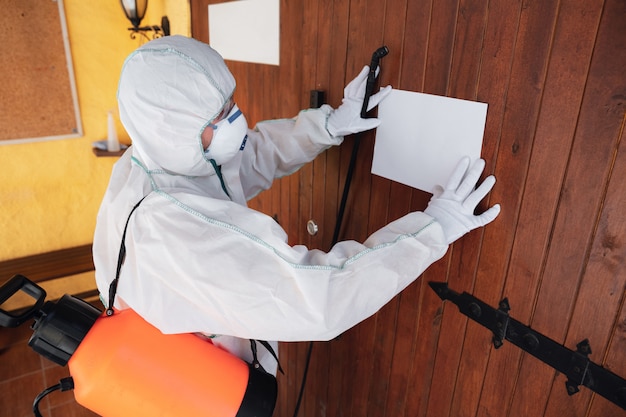
Effective Termite Monitoring Systems Services and Station Costs Explained
Termites are notorious for causing extensive damage to wooden structures, often remaining undetected until significant harm has already been inflicted. As a result, effective termite monitoring systems are crucial for early detection and prevention of termite infestations. These systems, along with their associated costs, can vary widely, making it essential for property owners to understand their options and make informed decisions.
Understanding Termite Monitoring Systems
Termite monitoring systems are designed to detect the presence of termites before they cause significant damage. These systems usually involve the installation of stations around a property, which are regularly checked for termite activity. The primary purpose of these systems is to serve as an early warning mechanism, allowing for timely intervention and treatment. Learn more in this detailed guide.
Types of Termite Monitoring Systems
There are several types of termite monitoring systems available, each with its unique features and benefits:
- Bait Stations: These are placed strategically around a property and contain bait that attracts termites. Once termites consume the bait, it disrupts their growth, eventually eliminating the colony.
- In-Ground Stations: Installed directly into the soil, these stations monitor termite activity by detecting termites that pass through the soil in search of food.
- Above-Ground Stations: These are used in areas where termite activity has already been detected. They are placed in direct contact with termite infestations to quickly eliminate the pests.
Factors Influencing Termite Monitoring System Costs
The costs associated with termite monitoring systems can vary based on several factors. Understanding these can help property owners make cost-effective decisions:
- Type of System: Different systems have different costs associated with their installation and maintenance.
- Size of the Property: Larger properties may require more stations, increasing the overall cost.
- Frequency of Monitoring: Regular monitoring visits can add to the cost, but are essential for maintaining the system's effectiveness.
- Geographical Location: Some areas may have higher service costs due to labor rates and local demand.
Benefits of Investing in Termite Monitoring Systems
While there is an upfront cost associated with termite monitoring systems, the benefits often outweigh the expenses:
- Early Detection: These systems can identify termite activity before significant damage occurs, saving on costly repairs.
- Peace of Mind: Knowing that a system is in place to monitor for termites can provide homeowners with peace of mind.
- Long-term Savings: Effective monitoring can prevent extensive damage, which can be significantly more expensive to repair than the cost of the monitoring system itself.
Customer Reviews
When considering a termite monitoring system, customer reviews can be invaluable in assessing the effectiveness and reliability of different systems. Check out customer reviews here to gain insight into the experiences of other property owners.
Conclusion
Investing in an effective termite monitoring system can be a wise decision for property owners looking to protect their investments. By understanding the different types of systems available, the factors influencing costs, and the benefits of early detection, informed decisions can be made. Remember to consider customer reviews and expert advice to ensure the chosen system meets the specific needs of the property. Learn more in this detailed guide to make the best choice for your situation.